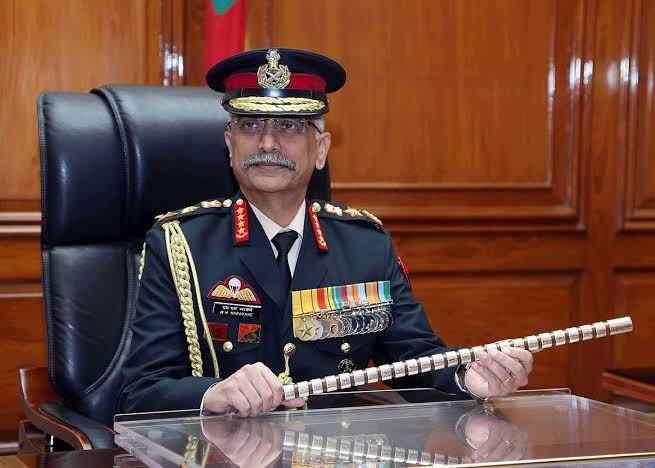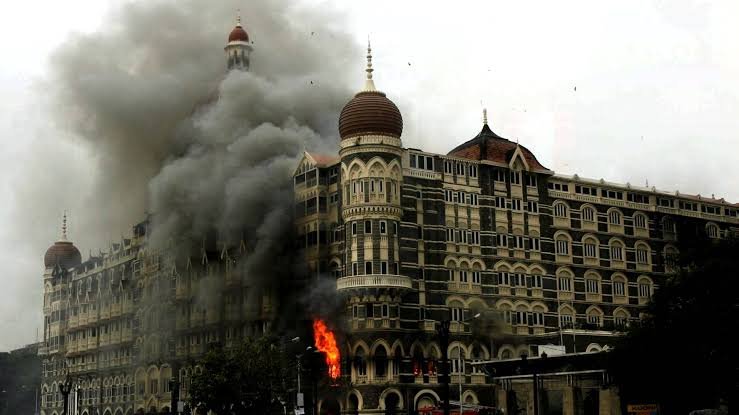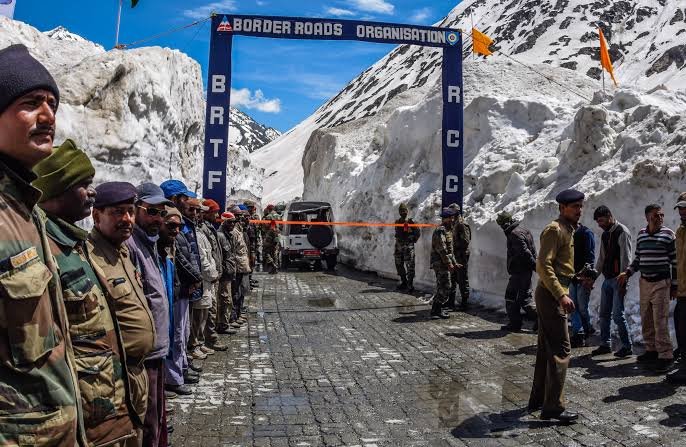
Soon after taking over as Chief of the Army Staff (COAS) General Manoj Mukund Naravane had warned Pakistan to desist from proxy war. He said that force modernisation is one of his key priority areas and the Army will focus on the border with China with equal attention as it does on the Pakistan border. Drawing attention, the Army Chief said India’s border with China is important since the latter continues to see India as an adversary, especially because of the Indo-US strategic partnership. China appears in no mood to resolve the border issue anytime soon. That is why after the 22nd round of talks between the two Special Representatives at Agra on December 21, 2019, China has said both sides should “promote early harvest consultations”, which relates only to the Sikkim border between India and China. This is against the India-China Agreement of 2005, according to which the resolution must be a “package settlement” covering all sectors of the India-China boundary.
China apparently wants to settle the border in Sikkim, then pressure Bhutan for Doklam Plateau and somehow get to the Jhamperi ridge that is close to the Siliguri Corridor. China was only claiming the Tawang Plateau prior to 2005 on grounds that pilgrims from Tibet were visiting the Tawang Monastery. But when Article III of the 2005 agreement mentioned that the boundary settlement must be a “package deal”, China overnight extended its claim in the eastern sector from the Tawang Plateau to entire Arunachal Pradesh, mischievously calling it “South Tibet”. China is actively engaged in fabricating historical records of Arunachal Pradesh to support its illegal claims, and has even given Chinese names to places in Arunachal Pradesh. People’s Liberation Army (PLA) has been making repeated transgressions across the Line of Actual Control (LAC) and was also caught constructing a 1.25 km motorable road south of the LAC in Tuting area in northeast India under three feet of snow during January 2018. Given all this, the development of border infrastructure especially for quick mobilisation in Arunachal Pradesh needs to be given top priority.

The China-Pakistan nexus at the sub-conventional level poses danger to India’s security through Myanmar, Nepal and even from the ISIS-LeT-Al-Qaeda consolidation in Maldives. China’s intentions are pretty clear in consistently opposing India’s entry to Nuclear Suppliers Group (NSG) and United Nations Security Council (UNSC). It approached UNSC for a second time on Kashmir. China militarily supports Pakistan and is now even selling them drones and howitzers, latter for providing greater punch to Pakistan’s ceasefire violations and cross-border actions. US think tanks assess US-China clash over Taiwan in 2020. With US President Donald Trump intent on escalating tensions in West Asia to further his second presidential term, China activating South China Sea as well as the LAC with India remains a possibility in whatever measure even though not full blown conflict.

Sitting in Beijing’s lap Pakistan is in no mood to tone down its proxy war against India. In recent months, United States sanctioned $125 million to Pakistan in technical support services for F-16s, and now has resumed International Military Education and Training (IMET) to Pakistan. With the CIA-ISI links, Pakistan has dumped Iran and will offer its territory to US for surreptitiously attacking Iran. This will endear Pakistan more to Trump and consequently the FATF’s review of Pakistan in February next month may get watered down. US has been more concerned about Pakistan’s support to the Haqqani Network and Afghan Taliban than proxy war against India notwithstanding an odd statement to keep India humoured. Pakistan, supported by China, will continue to ignite trouble in J&K.
The internal security scene in India has also somewhat deteriorated. Activities of 42 organisation banned by the Ministry of Home Affairs (MHA) provide an asymmetric battlefield that is being exploited by forces inimical to India from abroad and within. The Popular Front of India (PFI) has recently engaged in violent acts in Uttar Pradesh. Despite disruptive acts over the years, PFI has not been banned by MHA perhaps due to vote-bank politics. Presently, the UP Government has asked the Centre to ban PFI but there still appears to be hesitation to do so. Also, unlike universities in the US and UK, India has permitted politicisation of youth in its educational institutions. Little wonder that Pakistan’s ISI launched a campaign a decade ago to exploit this weakness. The resultant hooliganism and anti-state activities are witnessed today. While we talk of the two-front war, all these are recipe for a potent three-front war, especially when we don’t practice a pro-active policy on sustained basis at the sub-conventional level against our adversaries.

Of serious concern should have been the gradual degradation of military which by design was being executed by India’s ‘deep state’, also resident in the government. The latest blow has been questioned by Sunil Sharan in his article ‘How does the CDS make himself relevant?’ that while Service Chiefs and the CDS are ranked 12 in order of precedence, the CDS heading the Department of Military Affairs (DMA) as Secretary is equated with other Secretaries of Ministry of Defence, where Secretary ranks 23 in order of precedence, and cases of departments of MoD including DMA will be routed through the Defence Secretary. Such a drastic comedown of the military in order of precedence is unprecedented, indicating growing clout of the ‘deep state’ over a government that is hostage to the bureaucracy.

The above has adverse psychological impact on the military – down to the soldier level, no matter outward pretenses of all being fine. With all the talk about technology, unmanned platforms, non-contact war and the like, the fact that the man behind the machine is most important cannot be denied. Ignoring this will be foolishness. Therefore, while the Army gets ready for network centric warfare through the spectrum of conflict, optimising artificial intelligence, unmanned platforms etc, focused effort is required to redeem military degradation that affects the soldiers as well. One of the best ways to do it is by ensuring every soldier votes at the place he is posted.
– The author is Distinguished Fellow, United Service Institution of India. He can be contacted at prakashkatoch7@gmail.com









